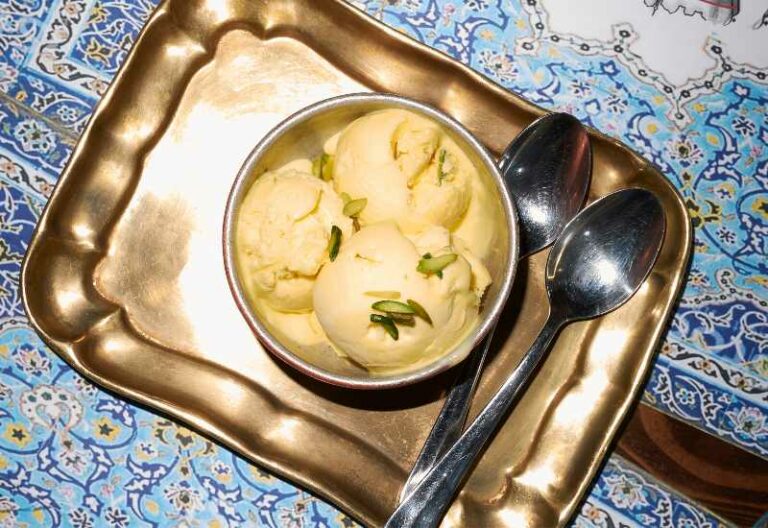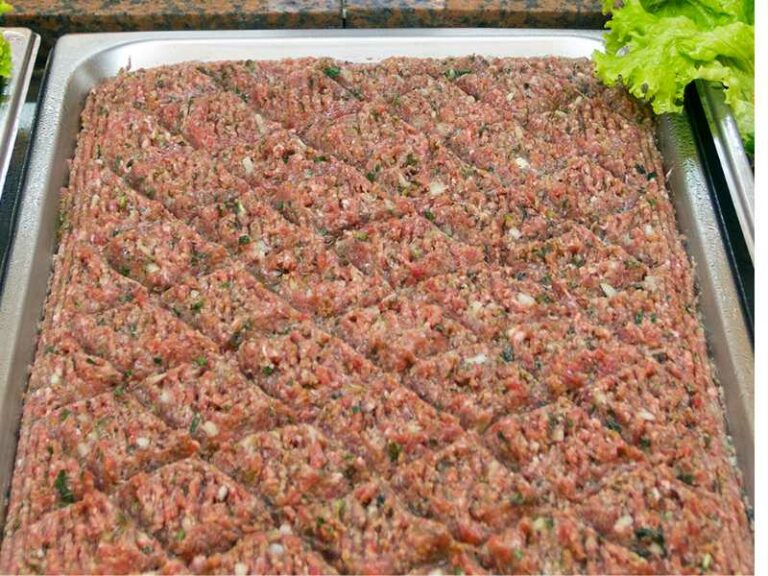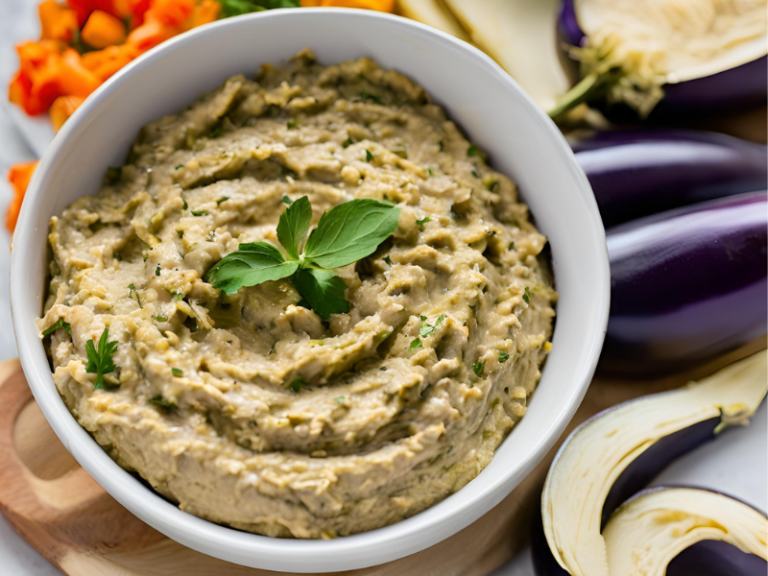Emirati Cuisine: 13 Must-Try Traditional Dishes from the UAE
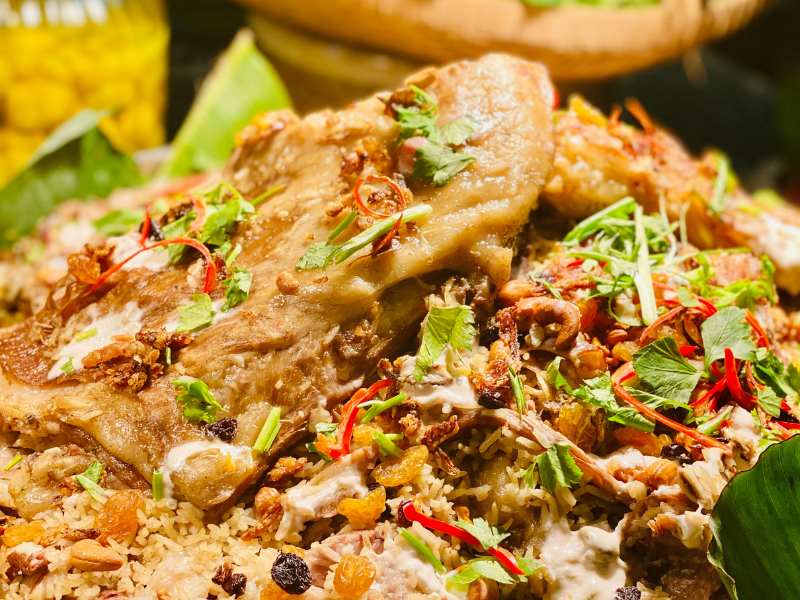
The United Arab Emirates, also known as the UAE, is a small country on the Persian Gulf bordered by Saudi Arabia and Oman. With its most populated city, Dubai, seen as an international hub of record-breaking buildings and modern innovation, the UAE is a big name in international travel.
Only 10% of the UAE’s population is Emirati, with the rest of the population being expatriates hailing from nearly every country in the world.
Many Indians and Pakistanis live in the U.A.E. as expatriates to work in the oil and gas industry, with Indians counting for over a quarter of the country’s population and Pakistanis at 12%. This recent shift in population means that the UAE has seen many changes to its cuisine and culture as the area’s growing economy continues to draw in people from across the world.
Still, despite these changes, centuries of occupation in the area and interaction with the larger Arabic world, as well as its majority Muslim population, has given traditional Emirati cuisine a distinct Middle Eastern influence.
Before their unification in the 1970s after their independence from Britain, the individual Emirates of the region had their own leaders and political traditions. Since these groups united to create the United Arab Emirates in 1971, the individual Emirates still exist within the nation. However, these borders do little to hinder movement between territories.
While there are some cultural differences between the Emirates, the small population of native Emiratis that live in the UAE have similar traditions when it comes to cuisine and these most popular dishes can be enjoyed throughout the country.
Most Popular Emirati Dishes
The nation’s desert landscape makes it impossible to grow most crops, and therefore much of their food is imported from neighboring countries. This leaves their cuisine with much the same ingredients as Saudi Arabia, Oman and Qatar, with which they share many dishes.
Emirati cuisine is also heavily influenced by Lebanese, Iranian, and Indian flavors. The traditional tribal states of the modern UAE territory interacted often with Iranian naval forces in the Persian Gulf, and adopted some of their recipes and cooking styles in the process.
Dubai is known as a major city for foodies, and Dubai restaurants and cafes are constantly raising the bar of Emarati cuisine. Fusion restaurants and recipes are very popular, as are dishes of recent invention such as the famous camel burger, made to appeal to foreign tourists. All of these influences and changes have left the UAE’s food culture in a state of flux and fusion that leave the curious foodie spoiled for choice.
Here are the absolute must-try traditional dishes of the UAE along with recipes to try for yourself.
Khuzi

Khuzi is the national dish of the UAE, made from roasted mutton that is set atop a bed of fragrant rice and vegetables and topped with roasted nuts and raisins. A combination of spices including cinnamon, nutmeg, saffron, and cardamom create a rich and slightly sweet flavor.
Although Khuzi is popular throughout the UAE and a staple in many Dubai restaurants, this dish finds its origin in Iraq. It is enjoyed throughout the Middle East and the Persian Gulf and is sometimes transliterated as Quzi from the original Arabic.
In its traditional preparation, a whole lamb is stuffed with rice, vegetables, nuts, and spices before being placed in a charcoal pit. This ensures a slow roast, letting the flavors of the spices seep into the meat as well as the smoky flavor from the charcoal.
Shawarma
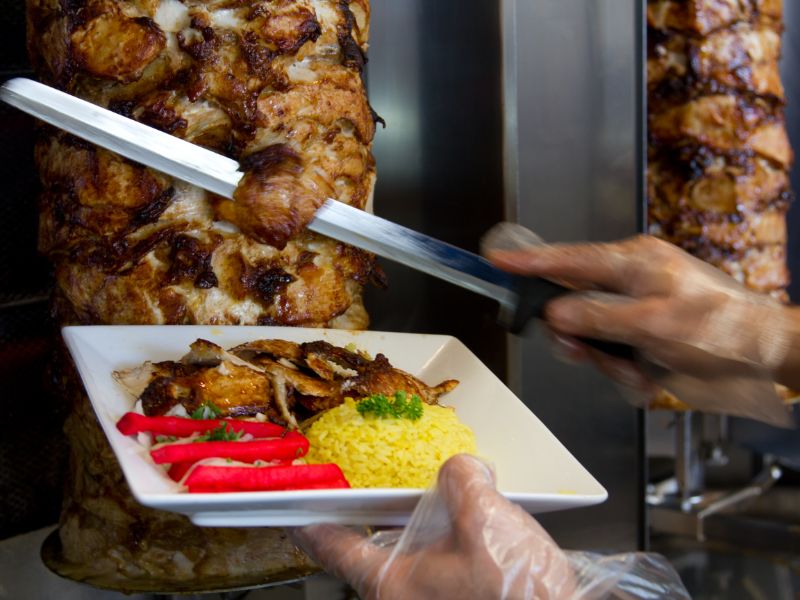
Shawarma is not a specific dish but instead a method of meat preparation. A large chunk of meat (often chicken, beef, pork, or lamb) is placed onto a vertical spit and roasted for multiple days. As the meat cooks and juices drip to the bottom of the pan that sits under the spit, the juices will be brushed back onto the meat.
This, along with the many seasonings used to flavor the meat, creates a tender and flavorful result that is perfect to enjoy in an array of dishes.
Once the meat is ready, it is shaved off in small chunks and typically stuffed into pockets of pita bread or eaten with rice and vegetables. Shawarma is enjoyed throughout much of the Middle East and Northern Africa, and the UAE is certainly no exception. Excellent shawarma dishes, both traditional and modern fusion, can be found throughout Dubai.
Khobz al Khameer
Khobz al Khameer is a classic Emirati bread topped with sesame seeds and seasoned with saffron. It is usually eaten as a breakfast food. Khobz al Khameer is a kind of yeast bread and its round shape gives it a hollow inside. This makes it the perfect pocket in which to stuff delicious meat and vegetables, similar to how pita pockets are used throughout the Middle East and Mediterranean.
Balaleet
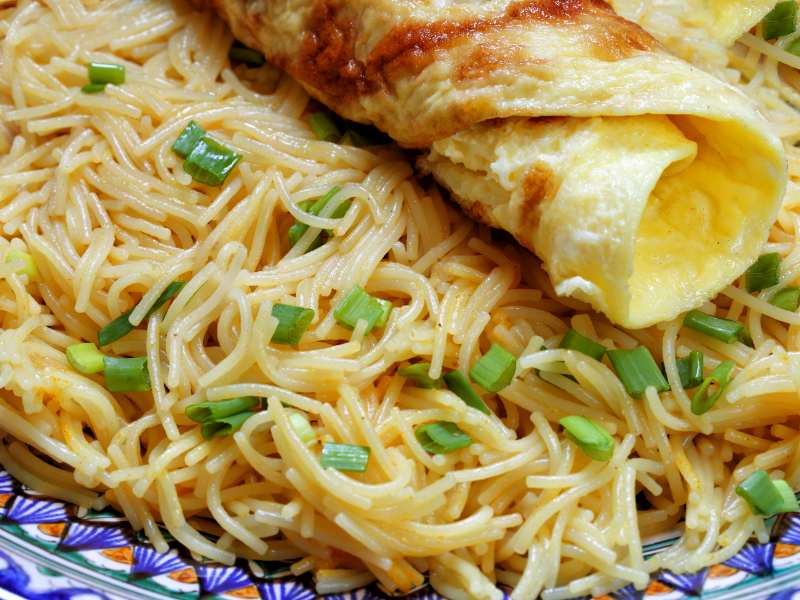
Balaleet is a savory and sweet dish made by mixing vermicelli noodles with sugar, cardamom, rose water, and saffron. The dish is topped with a fried egg omelet and is eaten as a breakfast food. It is enjoyed in many countries throughout the Middle East and is eaten as the first meal on the day of Eid al-Fitr.
Samboosa
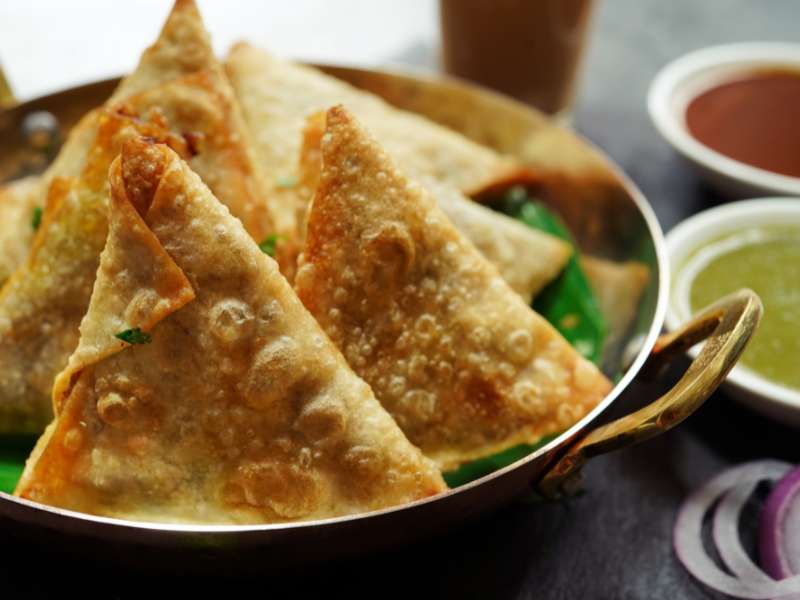
Samboosa, also spelled as samboosak, is the Arabic take on the Indian samosa, a fried triangle pastry filled with spiced meat, vegetables, cheese, and nuts. In the UAE, where there are currently more Indians than Emiratis, the blend between the cultures of South Asia and the Middle East is encapsulated in this dish. Samboosa in the UAE typically has a thinner, crispier crust than their Indian counterparts.
Camel Burger
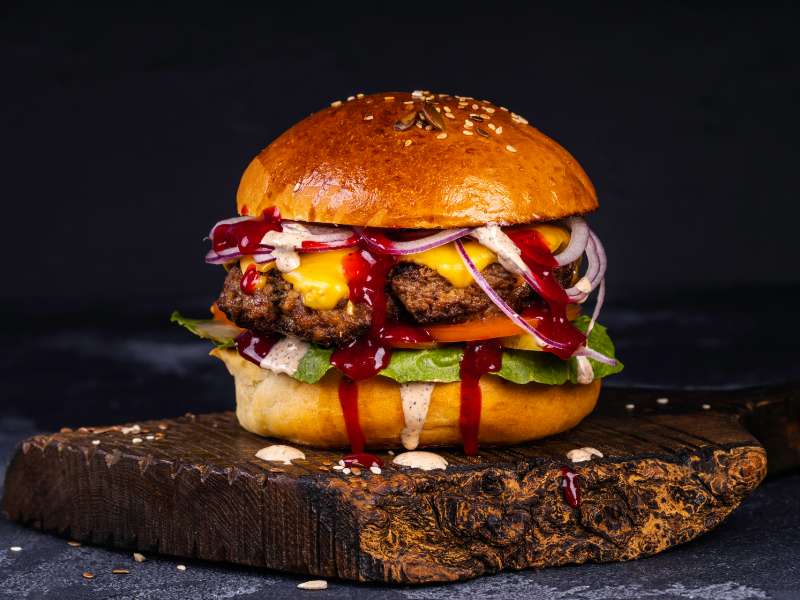
A camel burger is exactly what it sounds like – grilled camel meat set between two sesame buns and topped with your choice of vegetables and sauces. This meal is actually a more recent invention as Dubai’s foodie scene has continued to grow and international tourists and expatriates seek unique experiences. This dish adds a twist to an otherwise common burger.
Camel meat, known for being slightly gamey and saltier than beef, was not often consumed throughout the history of the region. Instead, camels are more often used for their labor and their milk. Camel meat was eaten in times of scarcity, but other meats such as mutton, lamb, or chicken have typically been preferred.
Margoogat
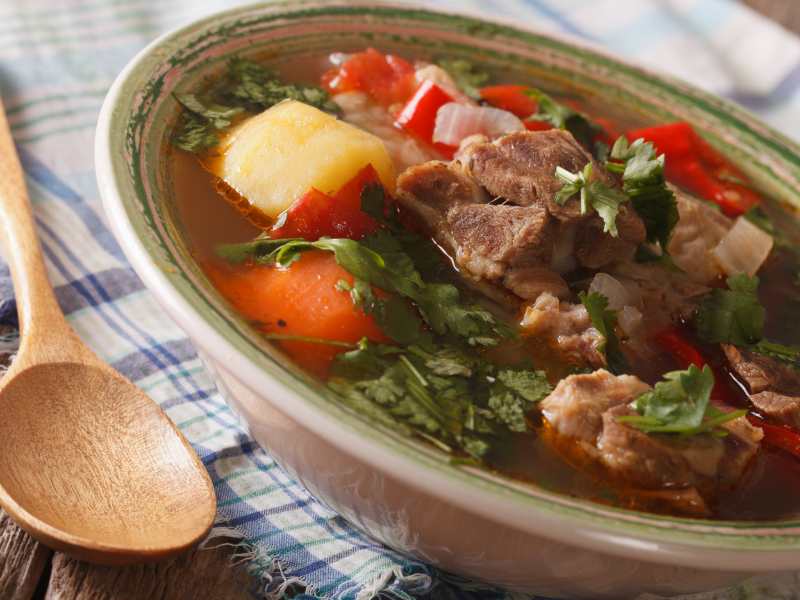
Hailing from Saudi Arabia is Margoogat, a thick and hearty stew that combines lamb with potatoes, red onions, tomatoes, and peppers. A plethora of seasonings, including curry powders, cinnamon, cumin, and turmeric, pack this stew with flavor.
It is unknown when this dish made its way from Saudi Arabia and into the UAE but it has likely been enjoyed in the region for centuries. It is a favorite at the iftar feast table and a great dish to make for celebrations and holidays.
Machboos
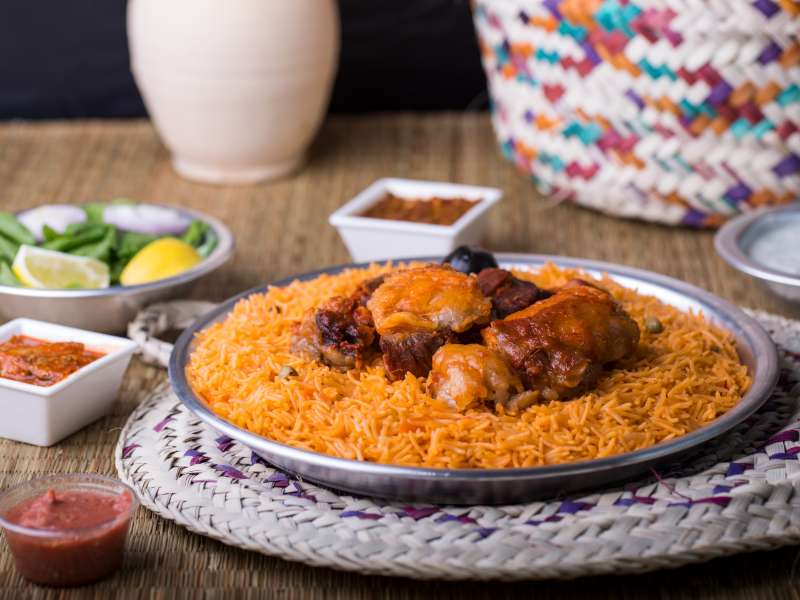
Machboos is a rice dish seasoned with aromatic spices and served with grilled meats, often mutton, lamb, or chicken. This dish is very similar to Indian Biryani or Saudi Arabian Kabsa and can be found at many restaurants throughout the UAE as a taste of local flavor. The many seasonings used in this dish give it a smoky and spicy flavor.
Al Harees
Harees is a staple across the Middle East and Emirati kitchens, a porridge dish made from mixing wheat, salt, and meat. In the UAE, chicken and mutton are popular meat choices but some Dubai restaurants will also include veal harees on their menu.
Knafeh
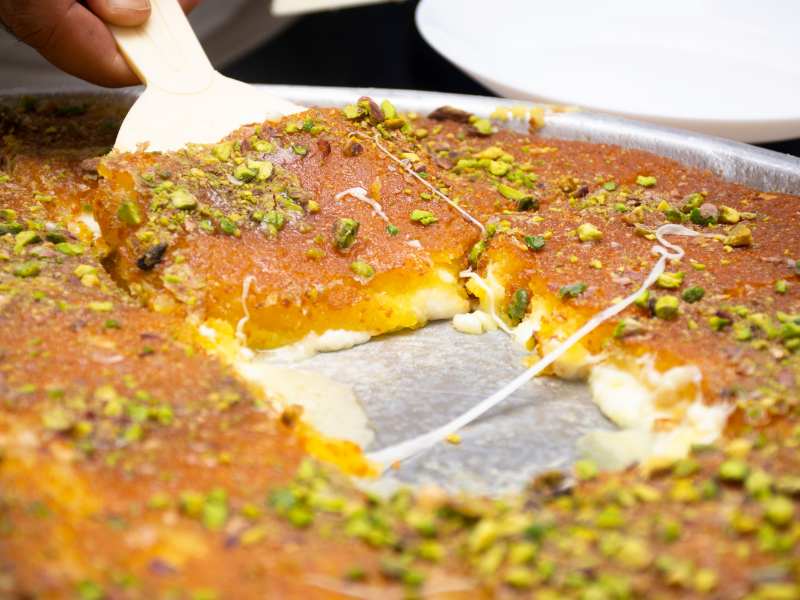
Knafeh is a sweet, cheesy, cake-like dessert dish made from kataifi dough that is soaked in syrup. This thin, flat cake can be completed with an assortment of toppings including nuts, raisins, or clotted cream.
There are many variations to this dessert, including kunafa mabrumeh, where the pastries are rolled and stuffed with cheese, and kunafa bayn narain, where the pastry is filled with a layer of cream cheese. A unique take on one of these Knafeh recipes is a calling card for many trendy cafes and restaurants throughout Dubai.
Arabic Coffee and Dates
The Middle East and the Persian Gulf are known worldwide for their deliciously crafted coffee, coming from a culture of meticulous coffee craftmanship. This culture is alive and well in the UAE today, seen in the staple snack of coffee and dates. Emirati families often have their own preparation methods, from roasting the beans to pouring the coffee, which is passed down from generation to generation.
Coffee is drinking nearly every day by many UAE citizens and residents and can be found in restaurants and cafes alike.
Chebab
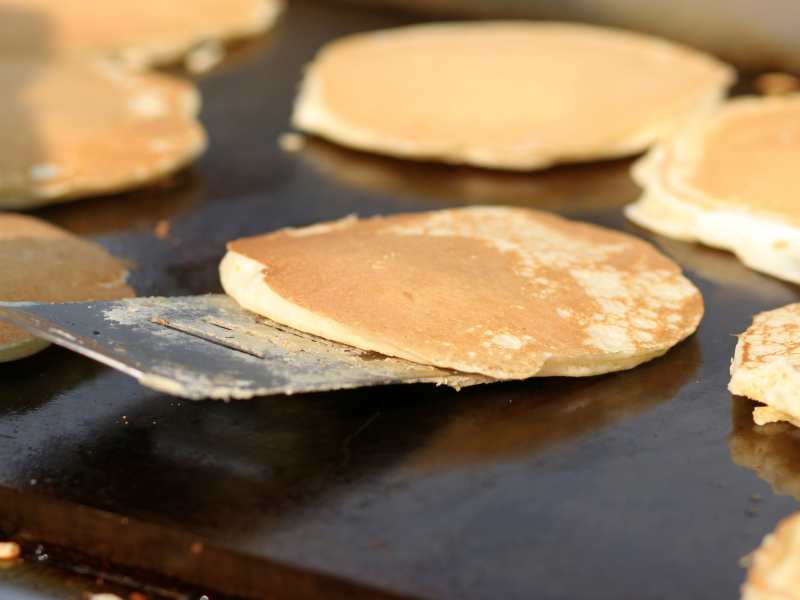
A great choice for breakfast, Chebab is a yeasted pancake flavored with cardamom and saffron and topped with butter, honey, date syrup, or jam. Chebab vary from pancakes enjoyed in North America and Europe as the yeast causes the dough to rise slightly, giving a thicker and fluffier texture. Turmeric is also added to many Chebab recipes in the UAE.
Luqaimat
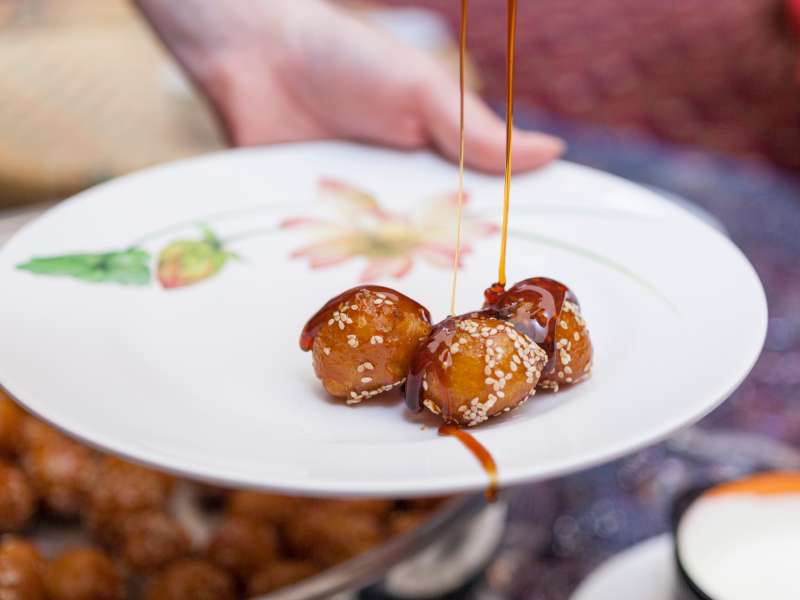
A Middle Eastern dessert known for its simplicity and flexibility, luqaimat are deep-fried dumplings that are dipped or drizzled in sweeteners such as honey, sugar syrup, or date syrup. They are a treat often enjoyed at cafes alongside classic Arabic coffee. Their small size makes them great finger food, so luqaimat are often prepared for afternoon tea or when greeting guests into the home.

